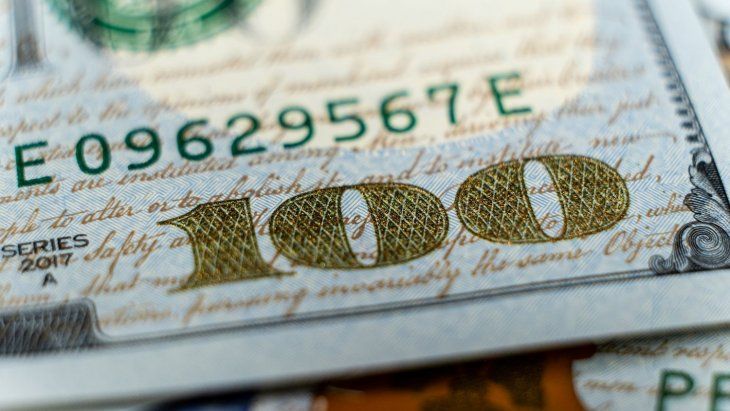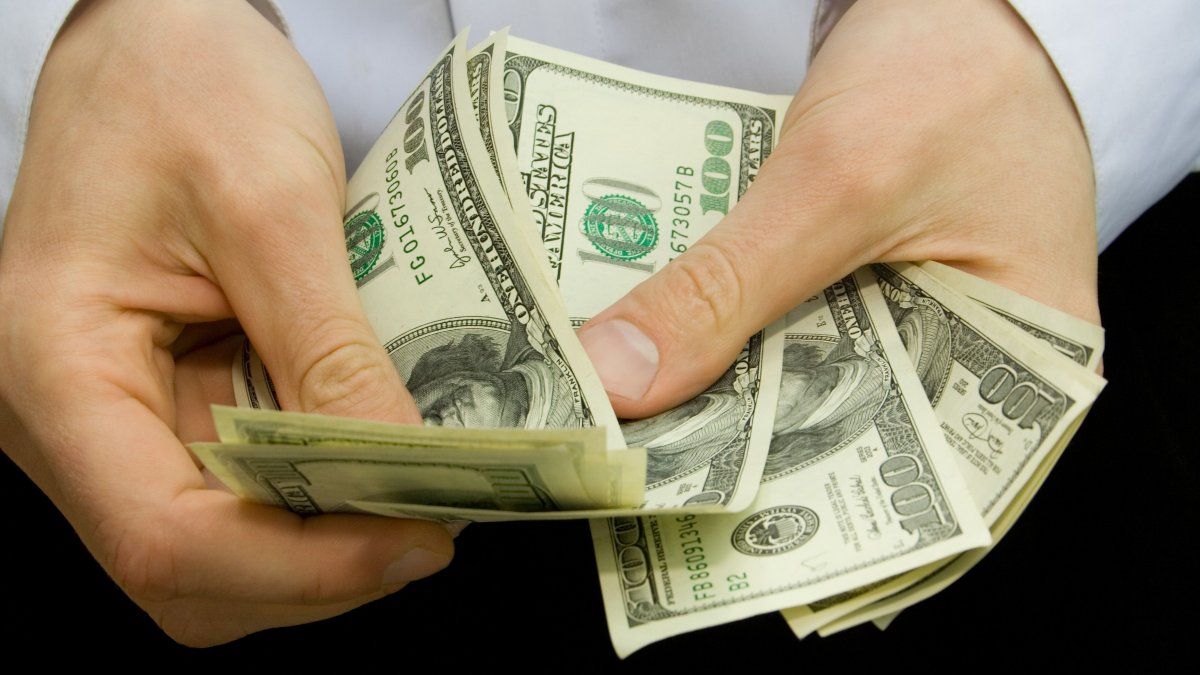According to Zuchovicki, in the dollar trading market, there are five groups that acquire and five groups that sell.
According to Zuchovicki, in the dollar trading market, there are five groups that acquire and five groups that sell.
Depositphotos
With the blue dollar hovering around $985 for sale, below the $1,000 mark, the gap between this parallel quote and the official one reaches approximately 15%, at levels not seen in years. That is why the Government is analyzing the possibility of lifting the exchange rate. In the president’s head Javier Milei The idea is to complete this measure by June, although it depends on reserves being strengthened.
The content you want to access is exclusive to subscribers.
The President recently announced that the key factor in lifting these restrictions would be the convergence between the official and parallel exchange rates, something that has been facilitated by the fall of the blue dollar. This started the year at $1,025 for sale and has experienced a significant decline in the first quarter, despite projected inflation above 40%.


In this context, the financial analyst Claudio Zuchovicki, current director of Bolsas y Mercados Argentinos (BYMA), explained the reasons behind the fall of the blue dollar and its lag in the face of inflation. His voice should not go unnoticed: he is one of the economists that Milei listens to the most.
Who buys and who sells dollars in Argentina?
According to Zuchovicki, in the dollar trading market, there are five groups that acquire and five groups that sell.
Among the buyers are importers, debtors abroad, savers, tourists and speculators. On the other hand, among the sellers are exporters, foreign investors, returning tourists, people who need to cover domestic expenses and speculators who prefer to have pesos.
dollar blue rise investments finance vivo.jpg

Depositphotos
In the current situation, there is more supply than demand for dollars because savers are not actively buying and importers have already hedged. In addition, the recession and the exchange gap have reduced the demand for dollars. This has resulted in an imbalance where “the seller wins” as there are more dollars available in the market.
Zuchovicki also highlights the role of political factors, warning that political uncertainty could lead to dollarization by those with deposits in pesos. In this context, he underlines the importance of considering the political landscape when making investment decisions.
In conclusion, Zuchovicki notes that the price of the blue dollar around $1,300 and $1,400 before last November’s election was more surprising than the current price, raising questions about the stability and expectations of the market at the time.
Source: Ambito
I am a 24-year-old writer and journalist who has been working in the news industry for the past two years. I write primarily about market news, so if you’re looking for insights into what’s going on in the stock market or economic indicators, you’ve come to the right place. I also dabble in writing articles on lifestyle trends and pop culture news.




